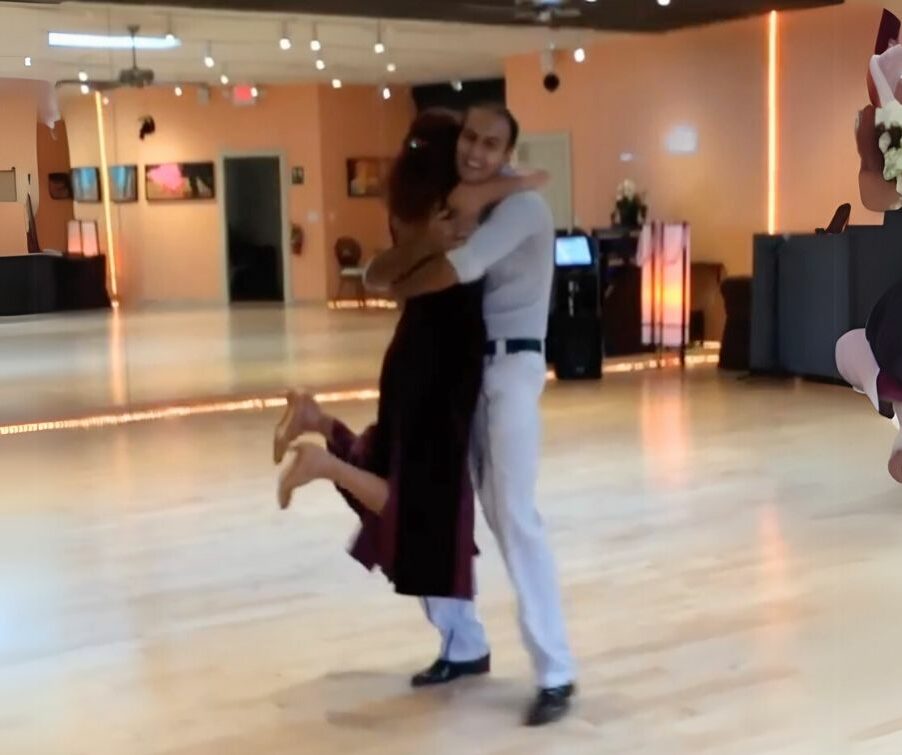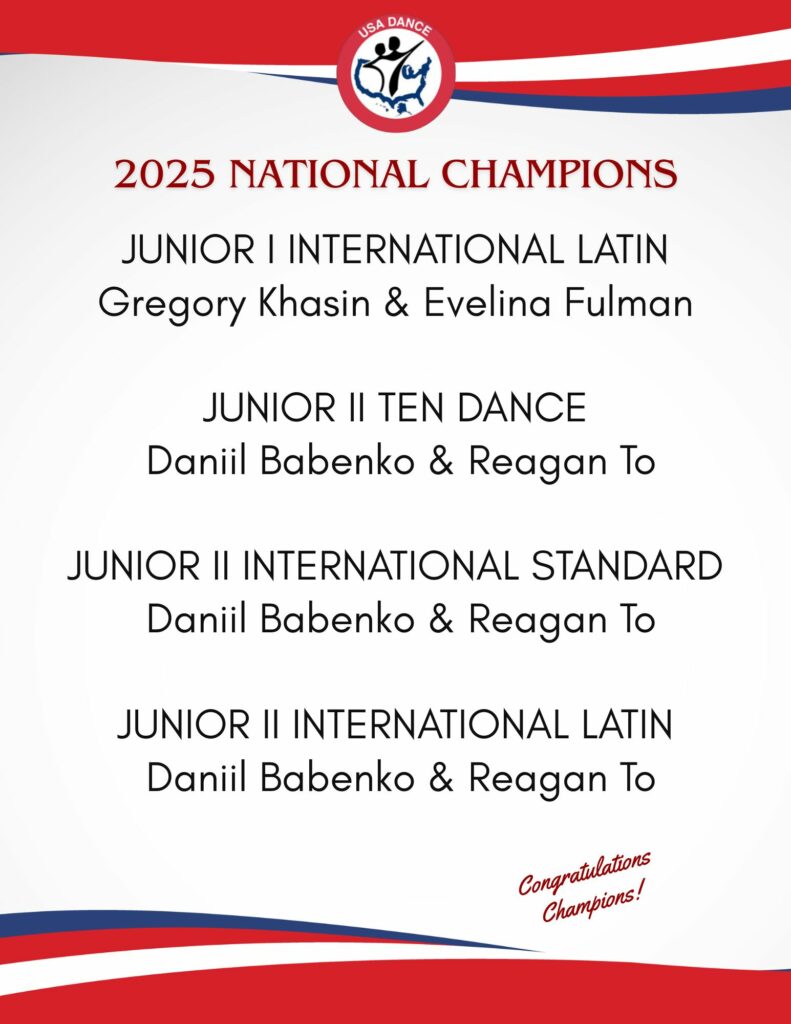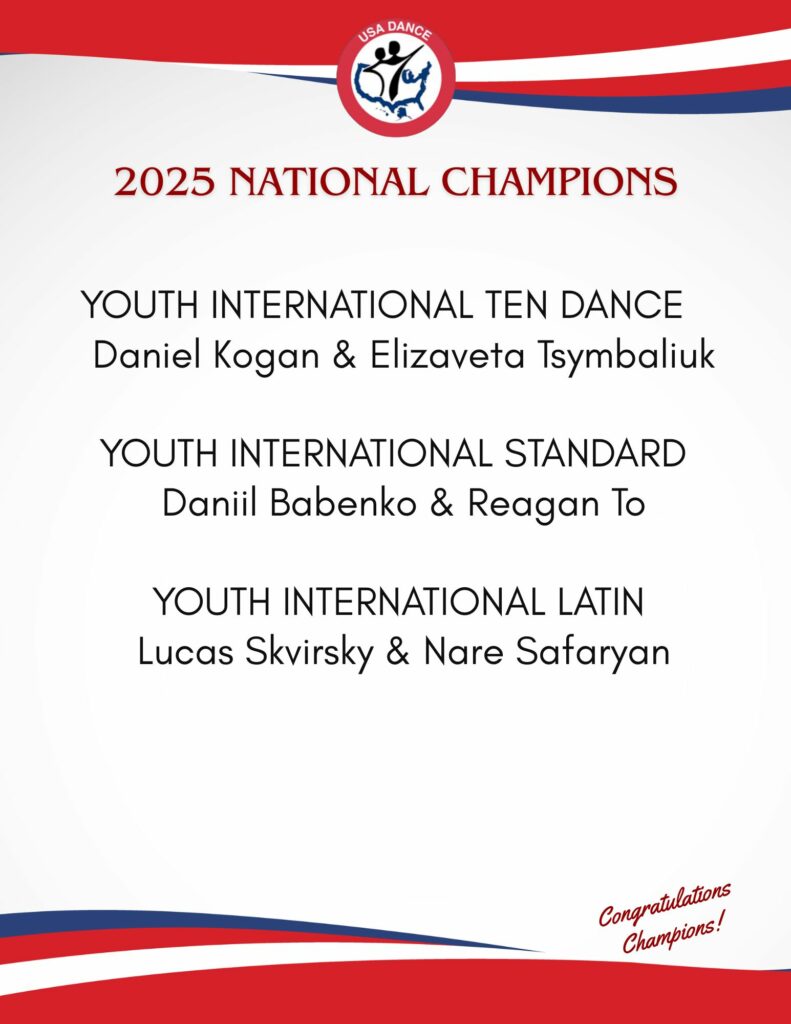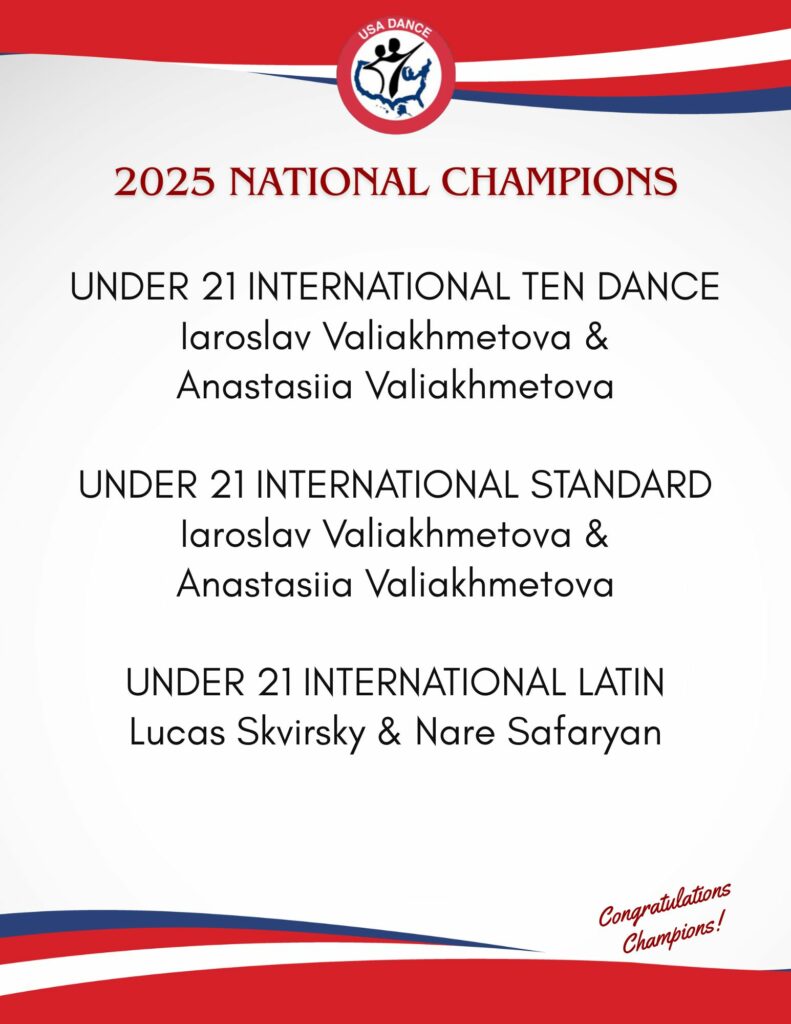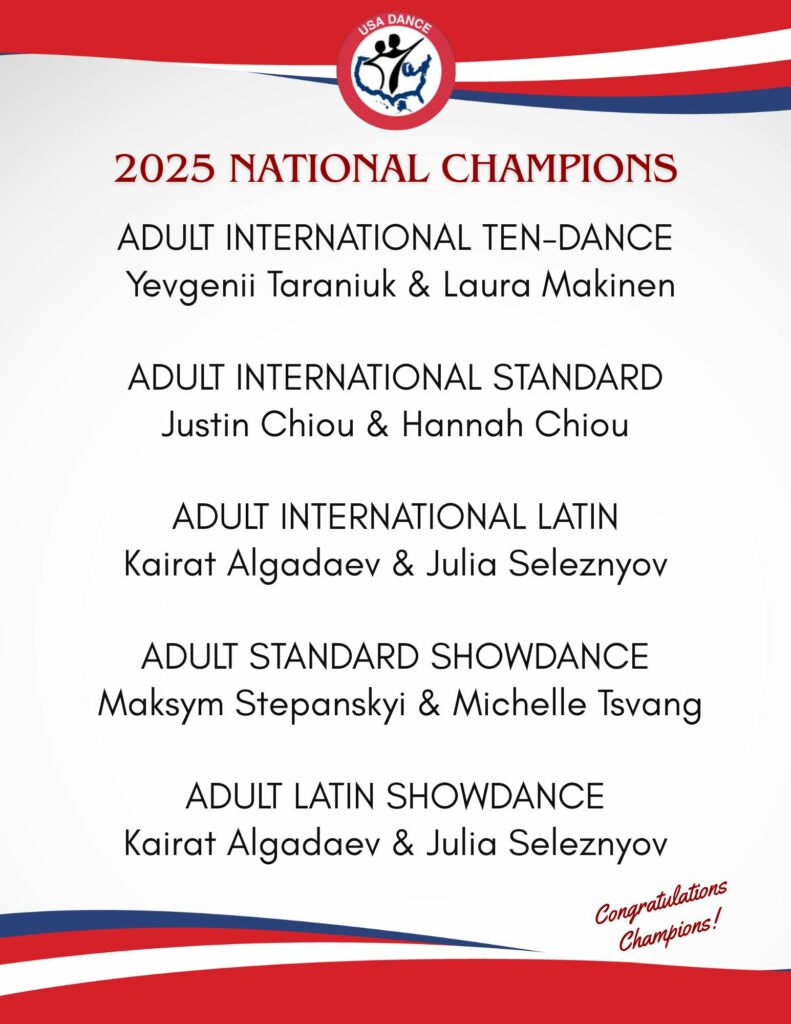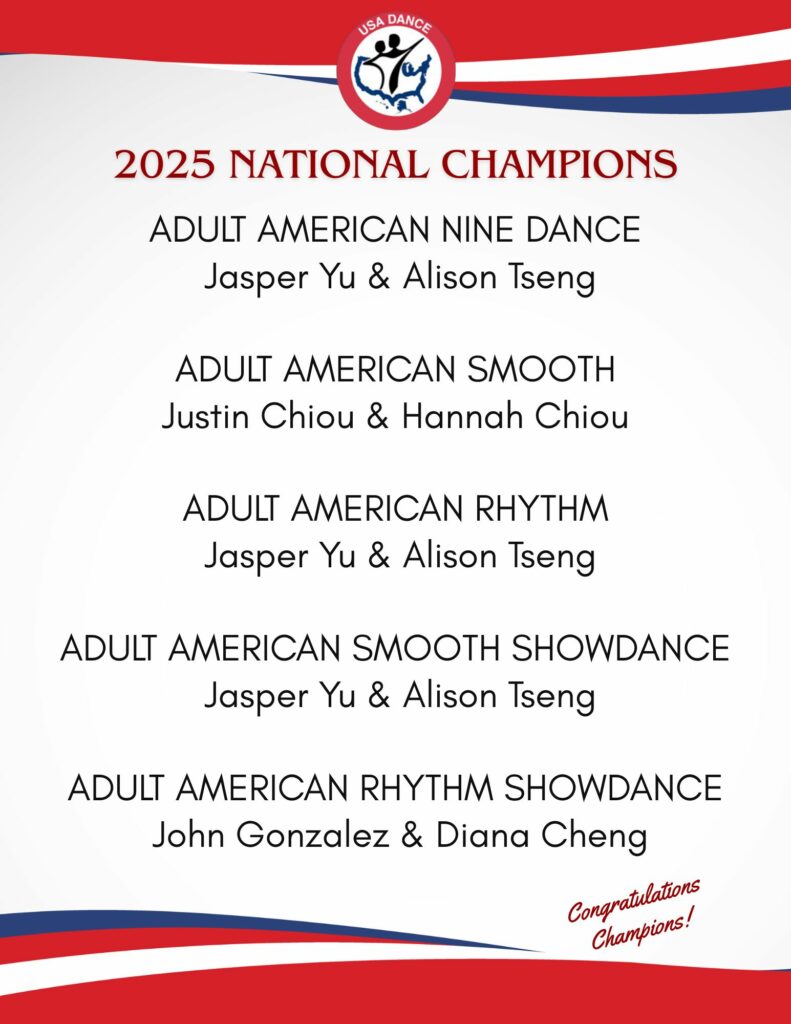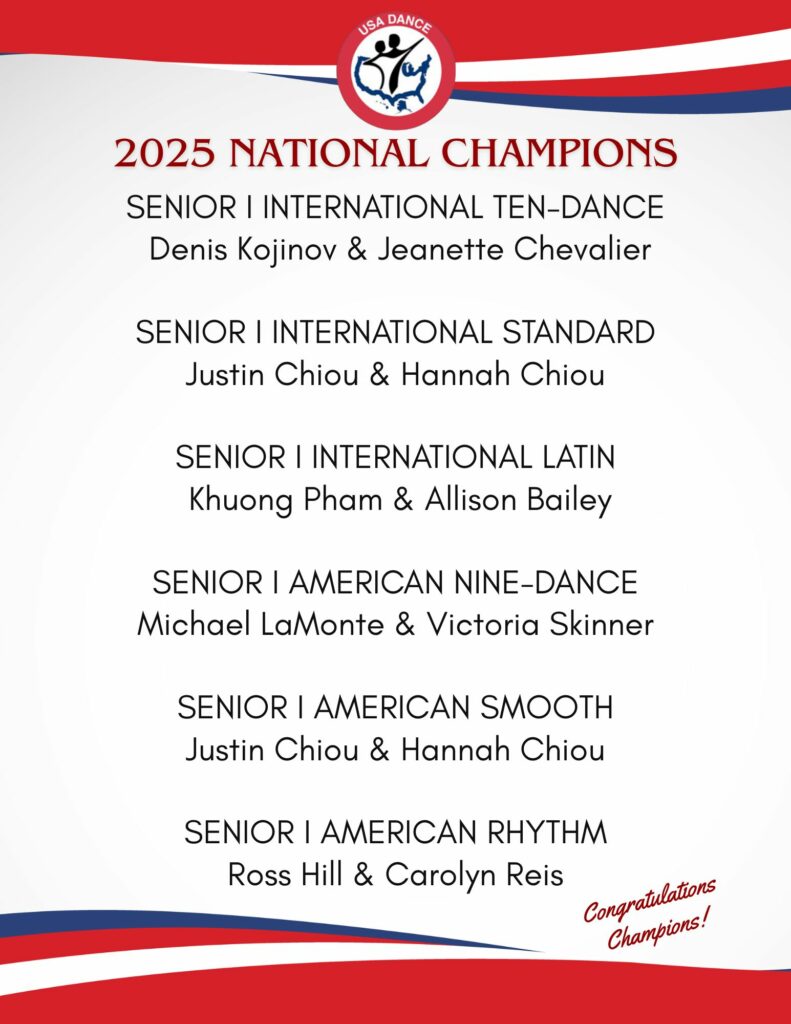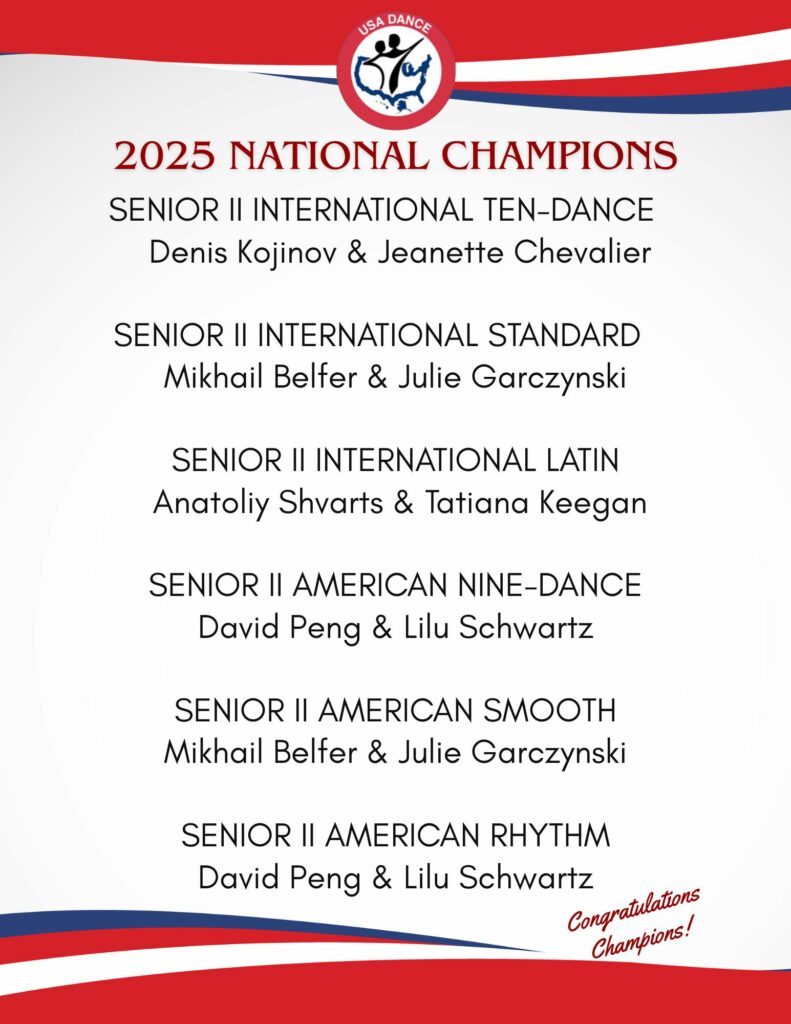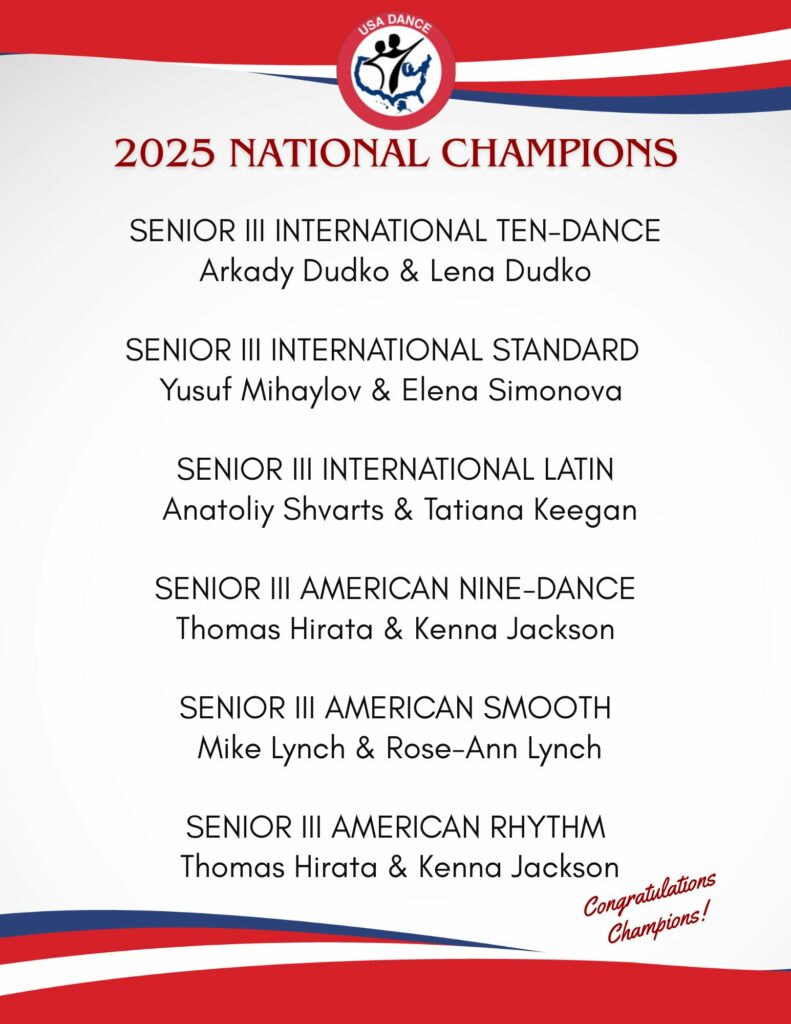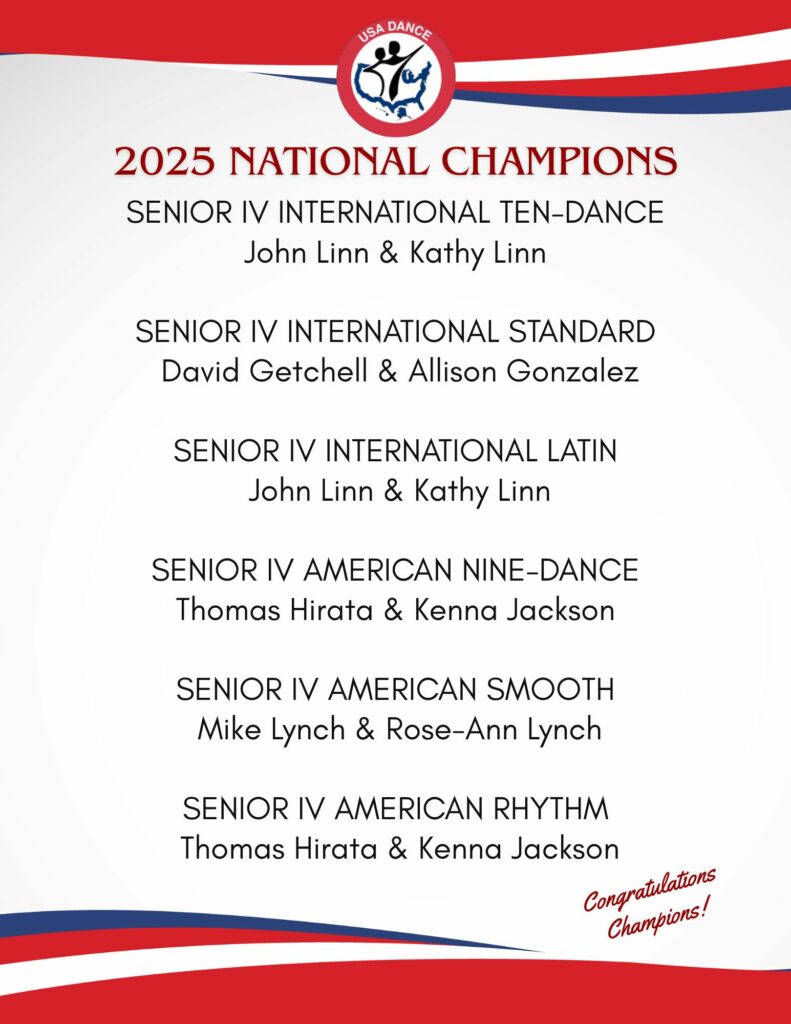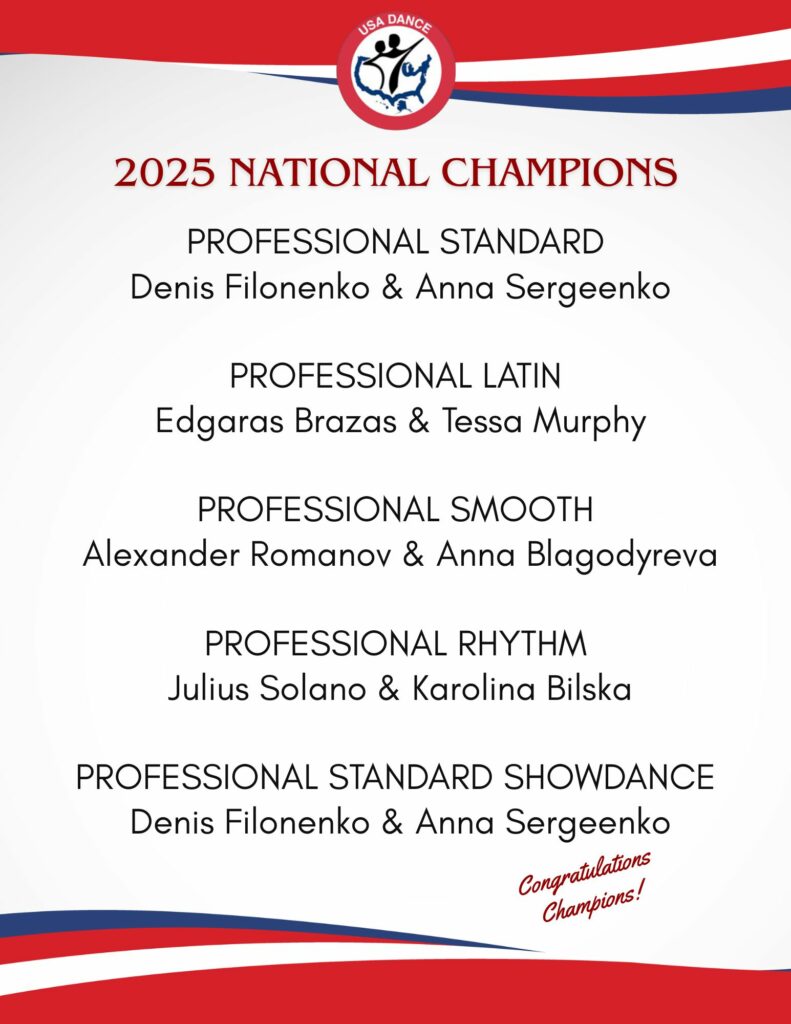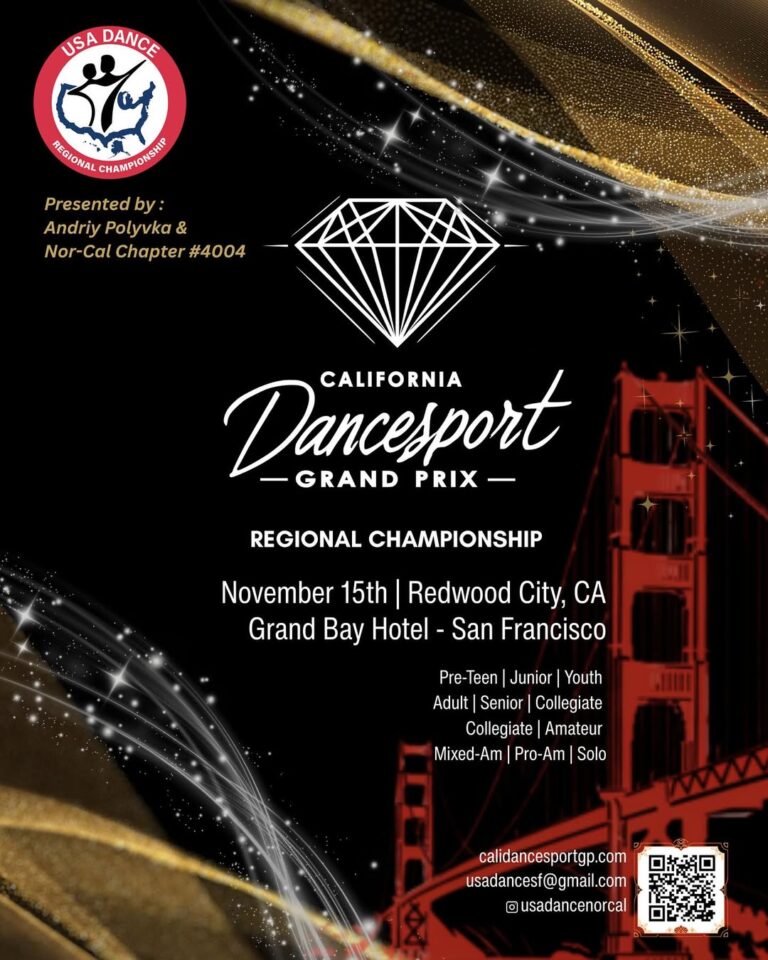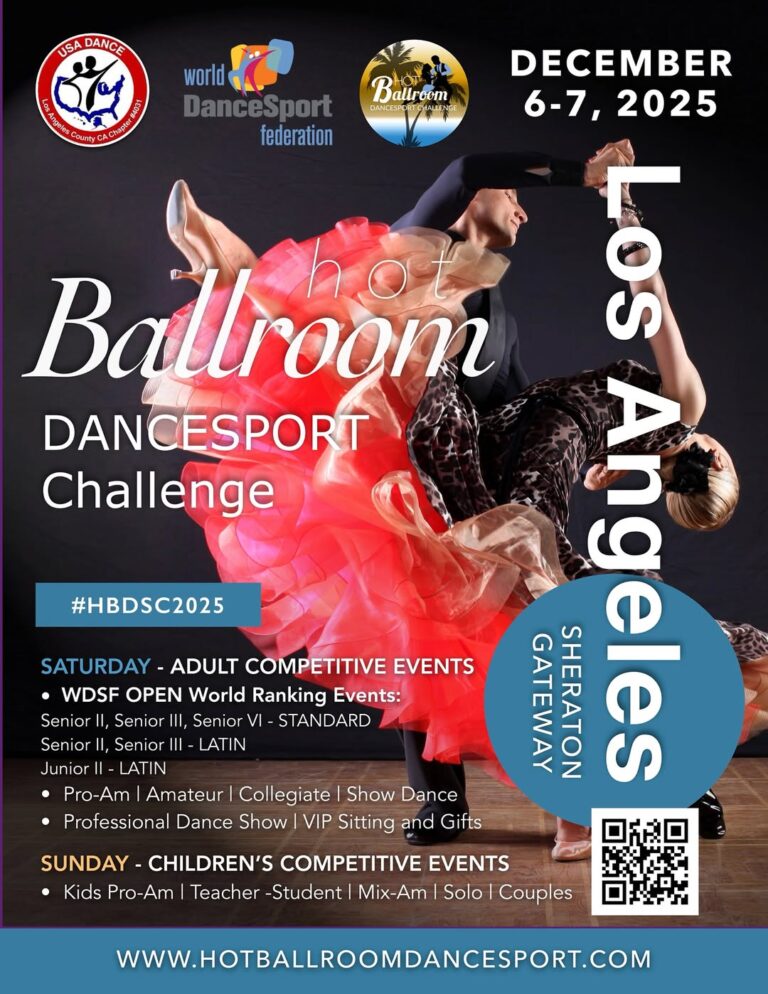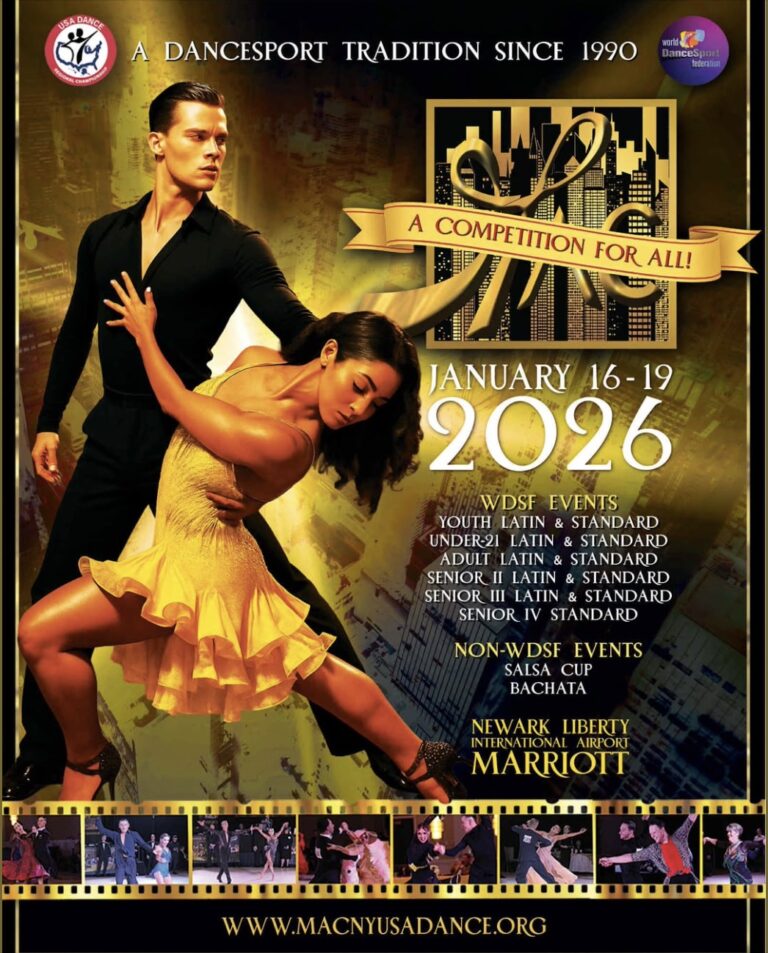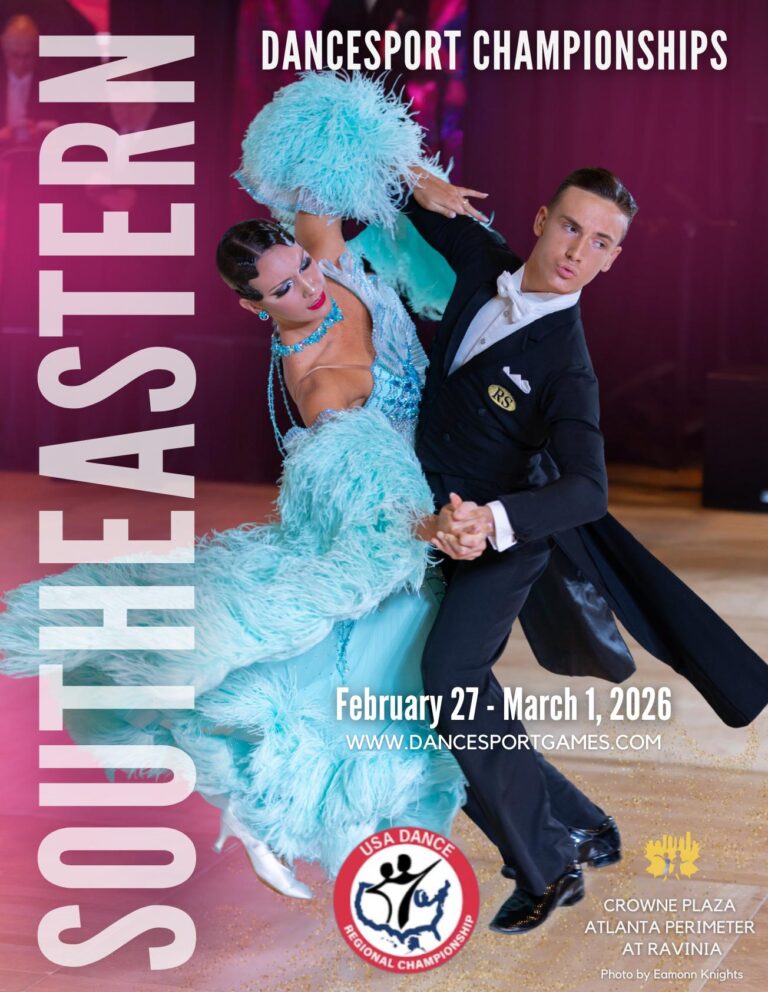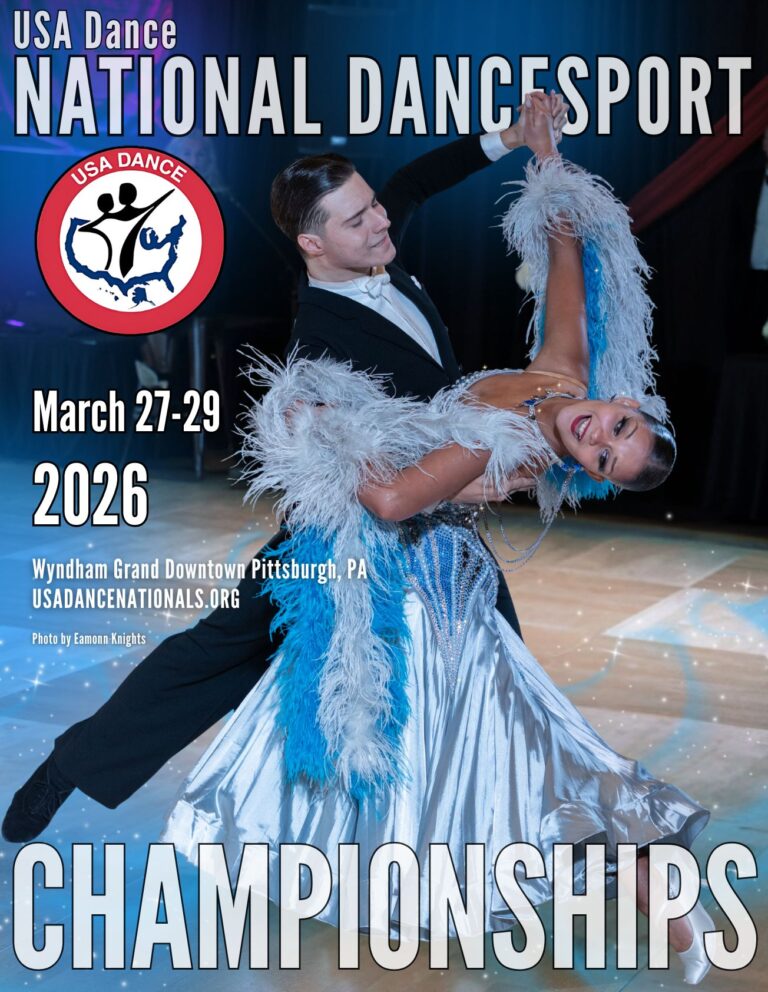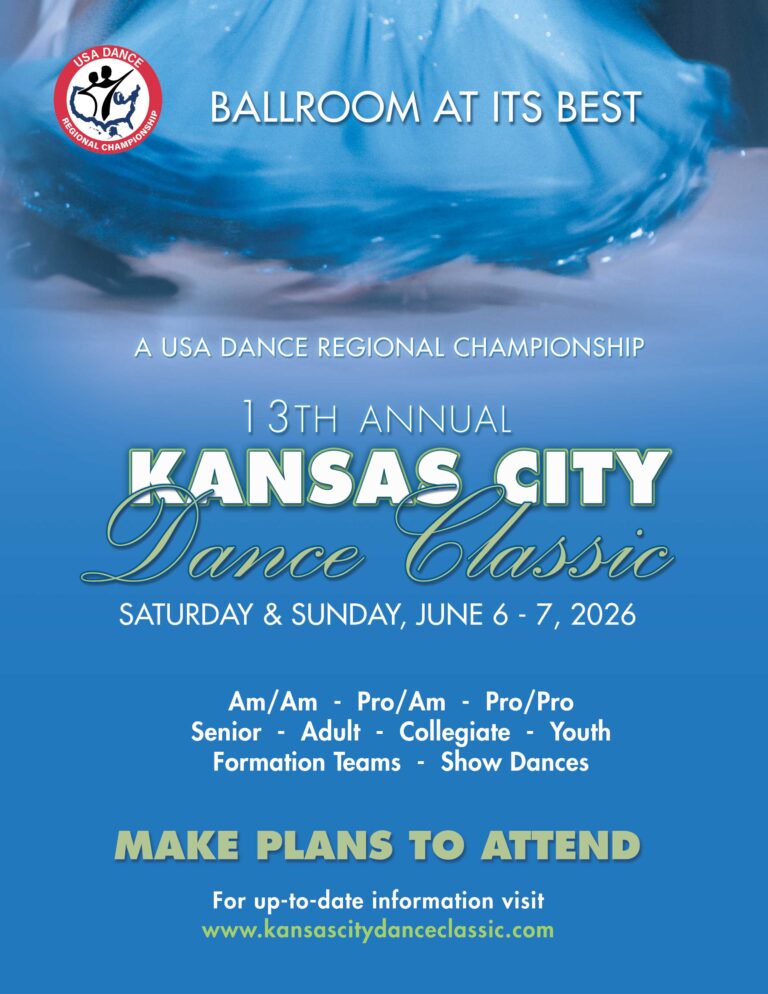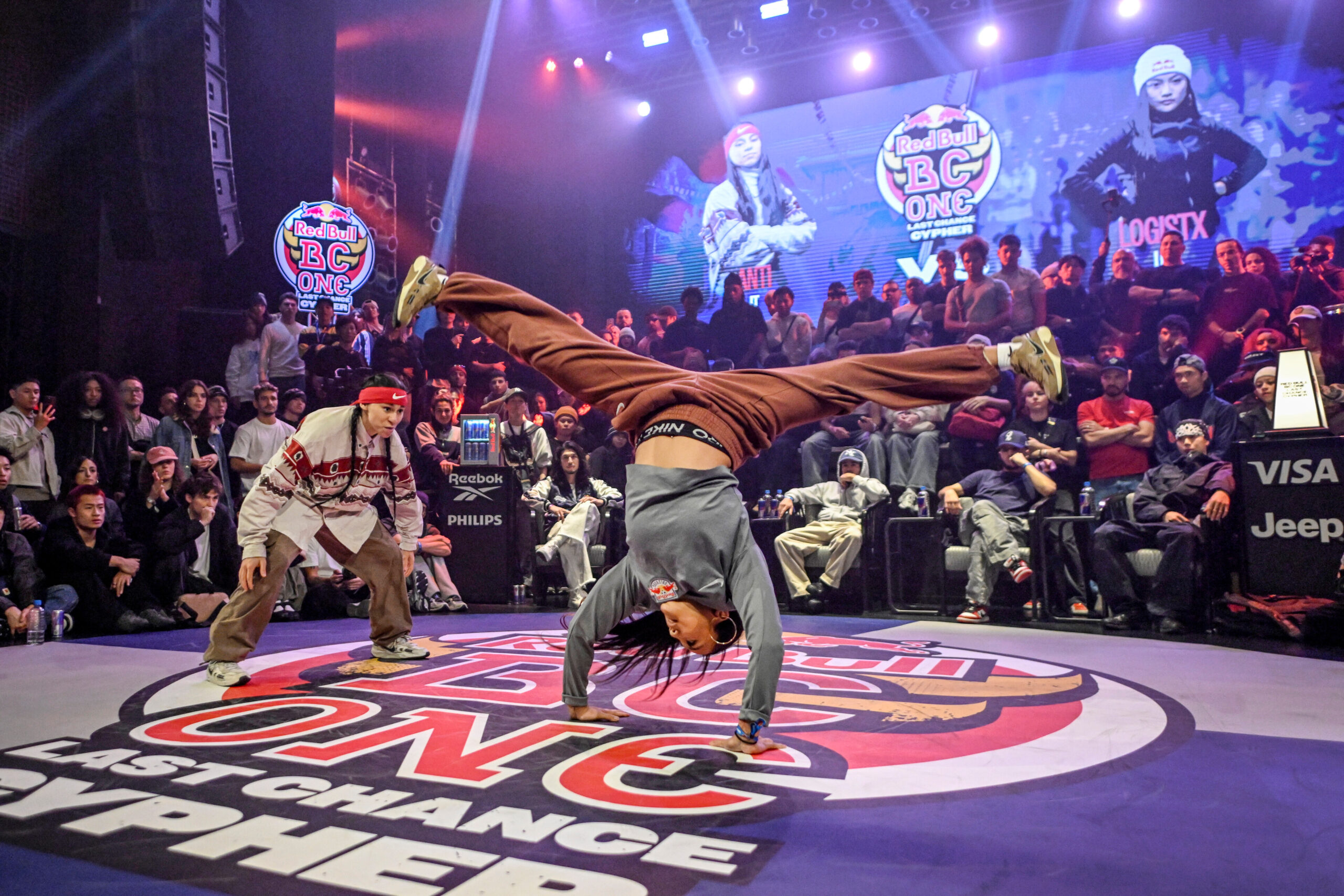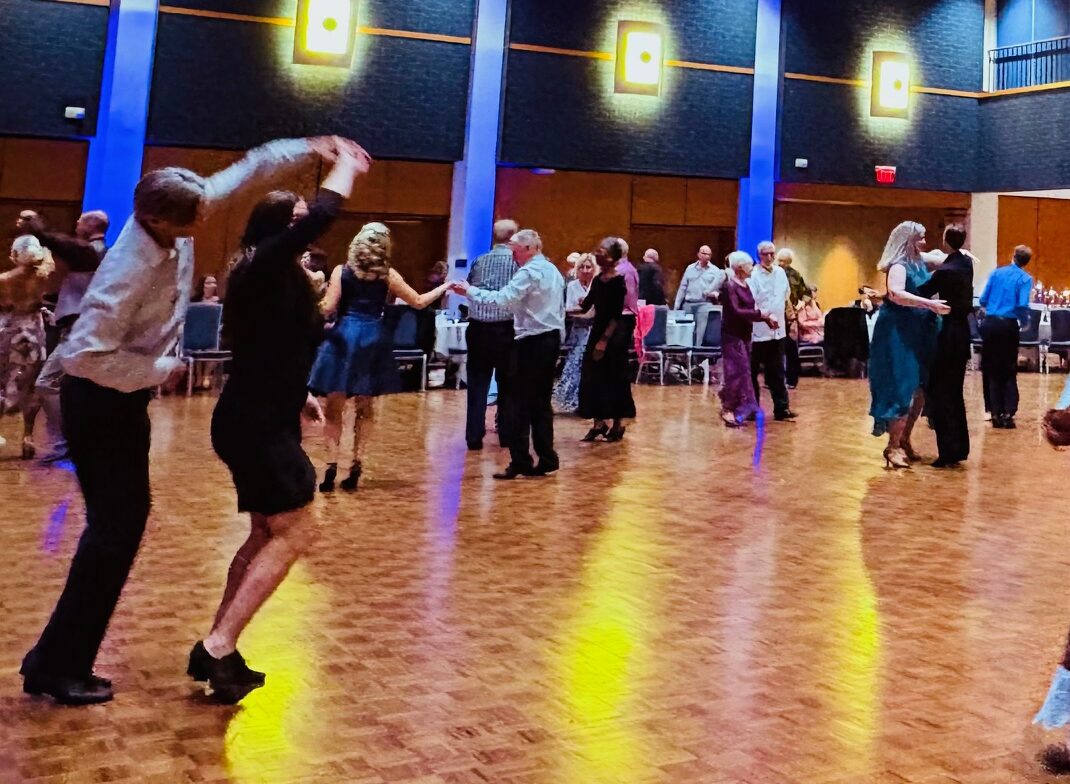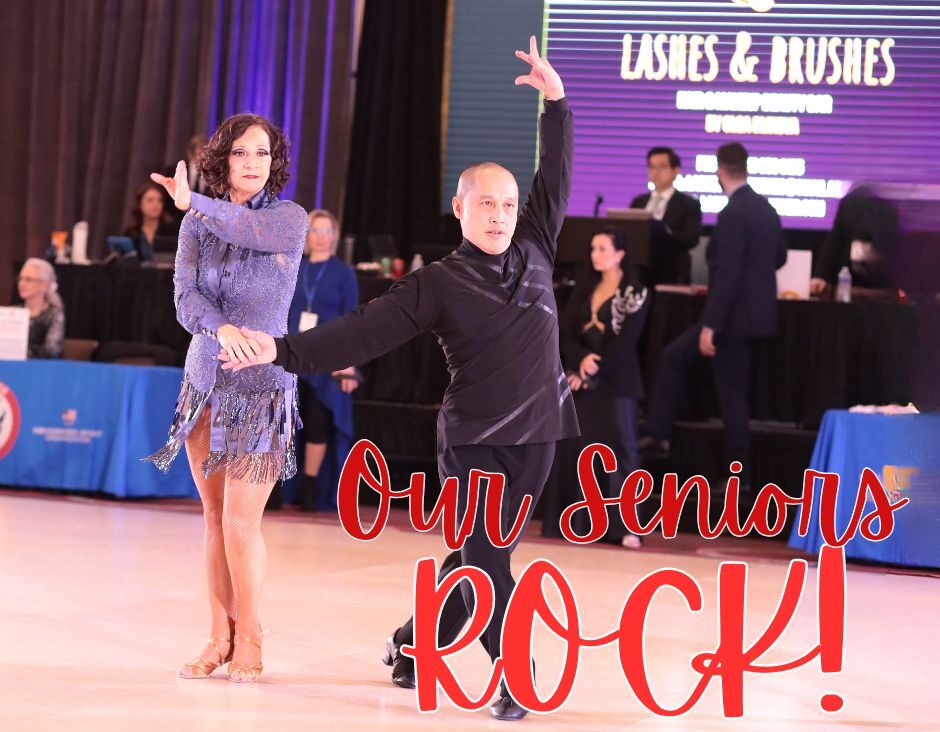Dance is about two different people’s abilities, interpretation of music, and connection. Are you a beginner, intermediate, or advanced dancer? Do you dance socially, compete, or perform in dance shows? What is your favorite dance style? Is it American Smooth or International? Do you dance to the Waltz, Tango, Foxtrot, Viennese Waltz, and Quickstep? How about American Rhythm or International Latin? Can you dance the Cha Cha, Paso Doble, Jive, Rumba, East Coast Swing, Bolero, Mambo, Samba, Salsa, Bachata or Merengue? Are you a minor, teen, middle-aged, or senior? Are there any physical limitations? What music genres and styles excite you when dancing? Is it Jazz, contemporary, rock, pop, hip hop, rhythm and blues, country, classical, disco, salsa? What type of personality do you have? Are you outspoken, lively, friendly, and accepting? Or are you someone who is irritable, critical, and negative?
It is time to put your differences aside and focus on making your partner feel good about dancing with you every single time.
How do we do this?
Throughout my years of dancing, I was involved in competitions, shows, and social dancing. Today, I find the following guidelines to be helpful in preventing partners from being hard on each other:
Personal Hygiene: Shower and use deodorant, brush your teeth, comb your hair, don’t smoke, etc. Wear appropriate clothes that will not cause an accident.
Ask permission to dance: No matter how long you have been dancing, it is still nice to ask your partner if they would like to dance. When dancing with a new partner, exchange names and make a connection by finding out who they are.
Communication: Discuss what level, style, and music you will dance to. Talk about any physical limitations and inquire about how the day is going. If either one of you is having a bad day, it might be hard to focus. Make sure the necessary adjustments are made for your partner to feel comfortable.
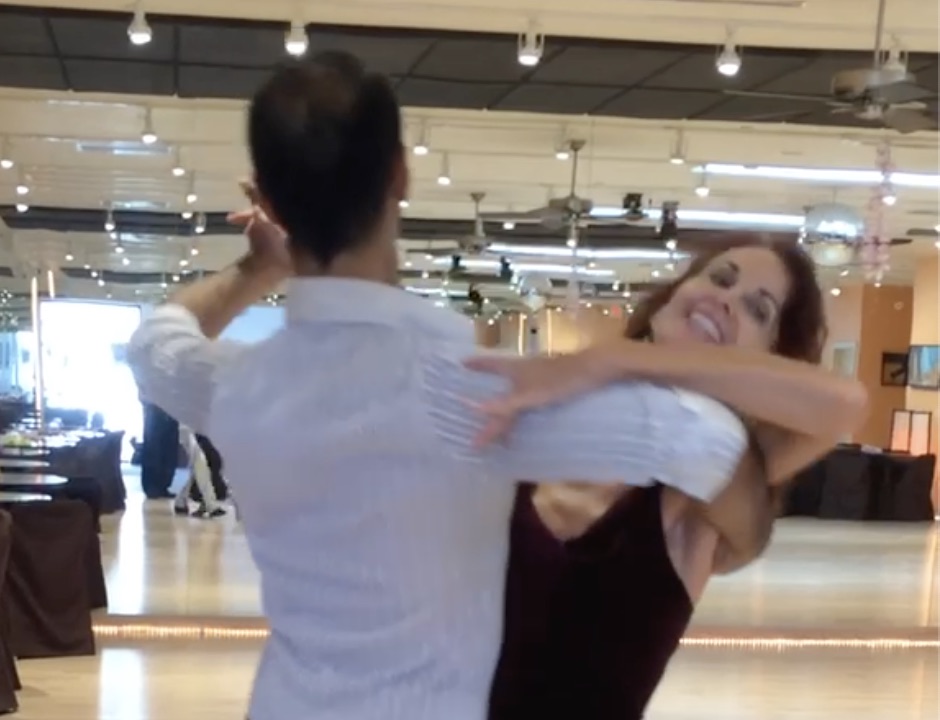
When dancing: Give your partner space. Don’t force it. Look at your partner and smile. Don’t look at other dancers while dancing. Focus on your partner. You are a team, not a one-person act. Adjust your style and level to match your partner’s rhythm and physical limitations. If you are a follower, let your partner know if you need more pressure so you can feel the lead. Do not push too hard, and don’t be critical.
Start the conversation with an uplifting comment such as, “I am having fun.” Be kind if something is not working… “May I suggest that we try a different move and come back to what you are trying to show me later?”
Be gentle. It can be a lot of fun learning new things. Be patient. Don’t forget that the leader is the frame, and the follower is the picture. Make the follower look amazing.
The essence of dance is about the other person, not yourself. If both of you have a goal of making each other feel good every time you dance, you will be able to learn new moves with ease and grace. Hence, you will be less likely to be hard on your partner. Try it!
Please submit your experiences to our Managing Editor Rose-Ann Lynch at Americandancer@usadance.org.

